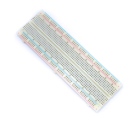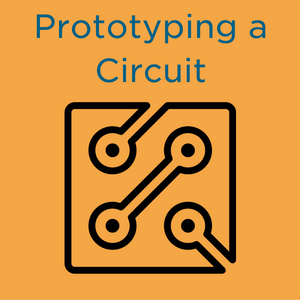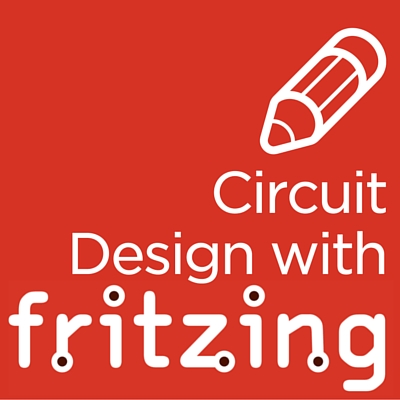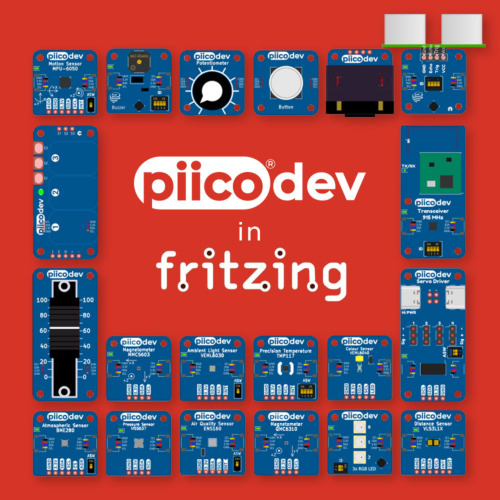Pololu Isolated USB-to-I²C Adapter with Isolated Power
Available with a lead time
Expect dispatch between Dec 16 and Dec 19
Quantity Discounts:
- 10+ $23.39 (exc GST)
- 25+ $22.65 (exc GST)
 |
This USB-to-I²C adapter functions as a bridge between I²C devices and a PC or other USB host, enabling the USB host to serve as an I²C controller and communicate with target devices on the I²C bus. It supports bidirectional communication with clock stretching and I²C clock speeds beyond 1000 kHz.
The adapter provides full galvanic isolation between the USB and I²C sides while optionally providing isolated and regulated 5 V or 3.3 V power at up to 200 mA to the I²C bus. This isolation prevents unexpected current flow between the USB host and the I²C bus and protects the USB host from damaging voltages on the I²C bus (the adapter would be damaged under such conditions, but those voltages would not be able to propagate through to the USB side).
The module features a USB Type-C connector. On the USB side, the adapter acts as a virtual serial port (CDC ACM), so it is recognized by major operating systems (e.g. Windows 10 and later, Linux, and macOS) without requiring any driver installation. This means the adapter can be used with any programming environment that allows writing and reading binary data from a serial port (see the user’s guide for documentation on the communication protocol). Pololu provide a Python library for the adapter to make it easy to get started in Python, and the firmware for the adapter’s STM32C071G8 microcontroller is open source for those who want to understand better how it works or customize the behavior.
The I²C side features a JST SH-style 4-pin connector that is compatible with SparkFun’s Qwiic and Adafruit’s STEMMA QT. It also brings the four I²C pins out to 0.1"-pitch through-holes that are compatible with standard 0.1" male headers and female headers.
Note: An alternative adapter version is available that does not deliver power from the target and instead requires target power to be supplied separately.
Connections
 |
| Pin | Cable color | Function |
|---|---|---|
| 1 | Black | I²C ground (GND); this pin is NOT connected to USB GND |
| 2 | Red | I²C output voltage (VCC) — When VCC is enabled (controllable by the “Enable VCC Out” command), this pin supplies 3.3V or 5V power at up to 200 mA to the I²C bus. The voltage level is set by the position of the slide switch at start-up. |
| 3 | Blue | I²C data line (SDA) |
| 4 | Yellow | I²C clock line (SCL) |
The VCC voltage level is selectable via a slide switch on the board and latched at power-up, so changing the switch state while the board is powered will not have any effect until the board is power-cycled or enable is toggled via the “Enable VCC Out” command. You can use the blue (5V) and green (3.3V) output voltage indicator LEDs to identify the voltage level that is being output as those illuminate based on the actual voltage rather than the switch position. Both voltage level indicator LEDs are off when VCC is disabled.
Schematic diagram
 |
Schematic diagram of the Pololu Isolated USB-to-I²C Adapter with Isolated Power. |
|---|
Dimensions
| Size: | 1.33" × 0.76" × 0.19" |
|---|---|
| Weight: | 3.2 g |
Identifying markings
| PCB dev codes: | usb08b |
|---|---|
| Other PCB markings: | 0J15400 |
Documentation and other information
Pololu Isolated USB-to-I²C Adapter User’s Guide
User’s manual for the Isolated USB-to-I²C Adapter.
File downloads
Pololu Isolated USB-to-I²C Adapter drivers for Windows (14k zip)
Dimension diagram of the Pololu Isolated USB-to-I²C Adapter with Isolated Power (351k pdf)
3D model of the Pololu Isolated USB-to-I²C Adapter with Isolated Power (8MB step)
Drill guide for the Pololu Isolated USB-to-I²C Adapter with Isolated Power (20k dxf)
This DXF drawing shows the locations of all of the board’s holes.
Recommended links
Exact shipping can be calculated on the view cart page (no login required).
Products that weigh more than 0.5 KG may cost more than what's shown (for example, test equipment, machines, >500mL liquids, etc).
We deliver Australia-wide with these options (depends on the final destination - you can get a quote on the view cart page):
- $3+ for Stamped Mail (typically 10+ business days, not tracked, only available on selected small items)
- $7+ for Standard Post (typically 6+ business days, tracked)
- $11+ for Express Post (typically 2+ business days, tracked)
- Pickup - Free! Only available to customers who live in the Newcastle region (must order online and only pickup after we email to notify you the order is ready). Orders placed after 2PM may not be ready until the following business day.
Non-metro addresses in WA, NT, SA & TAS can take 2+ days in addition to the above information.
Some batteries (such as LiPo) can't be shipped by Air. During checkout, Express Post and International Methods will not be an option if you have that type of battery in your shopping cart.
International Orders - the following rates are for New Zealand and will vary for other countries:
- $12+ for Pack and Track (3+ days, tracked)
- $16+ for Express International (2-5 days, tracked)
If you order lots of gear, the postage amount will increase based on the weight of your order.
Our physical address (here's a PDF which includes other key business details):
40 Aruma Place
Cardiff
NSW, 2285
Australia
Take a look at our customer service page if you have other questions such as "do we do purchase orders" (yes!) or "are prices GST inclusive" (yes they are!). We're here to help - get in touch with us to talk shop.
Have a product question? We're here to help!
Guides
Three Golden Rules for Choosing a Power Supply (No Maths!)
The Maker Revolution
Prototyping a Circuit: Methods and Tools
Fritzing for Schematic and PCB Design
Projects
PiicoDev Ecosystem In Fritzing
10" Home Lab Testing Rack
WLED Hourglass Theatre Prop - DMX Over Wi-Fi!
Makers love reviews as much as you do, please follow this link to review the products you have purchased.


















Product Comments